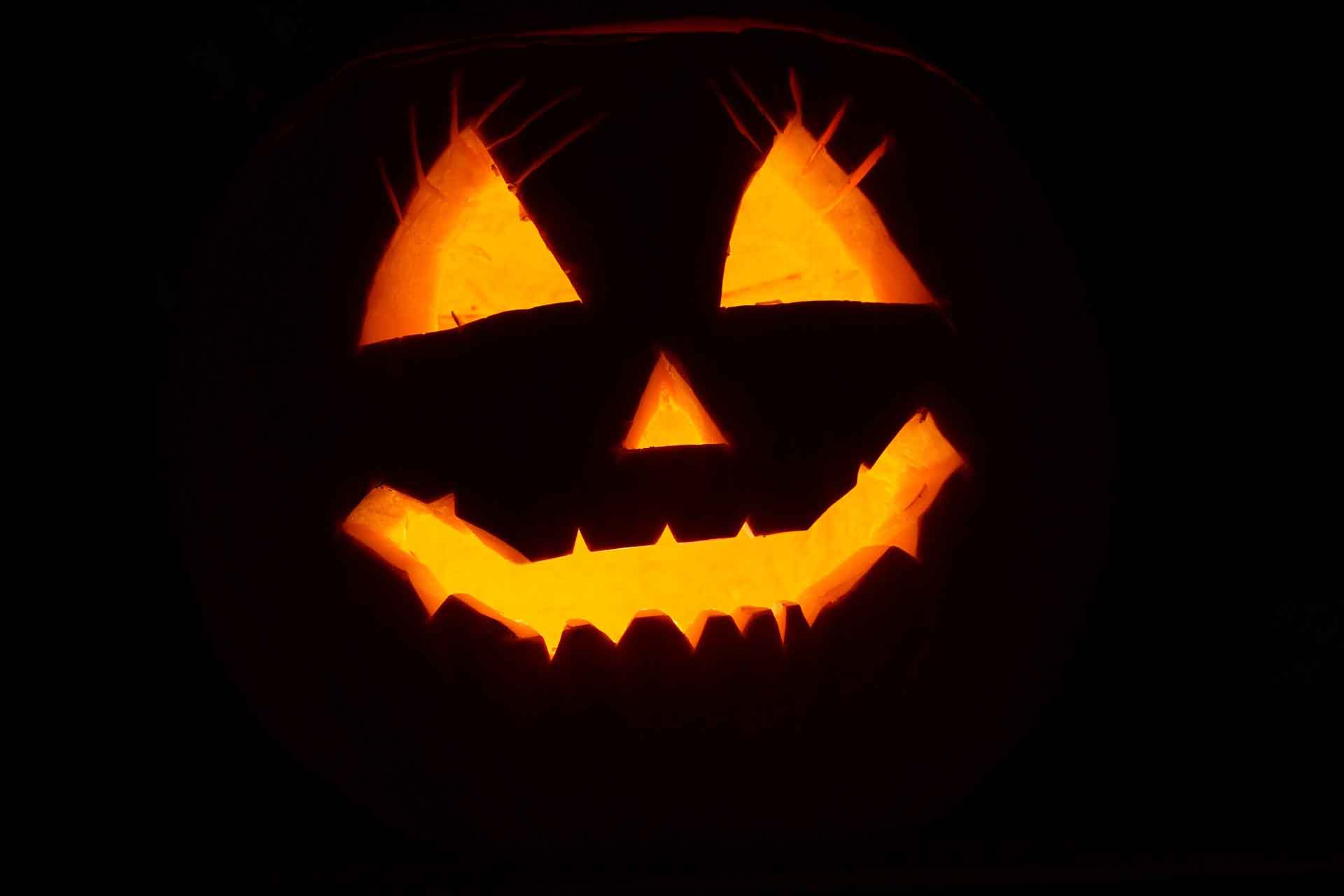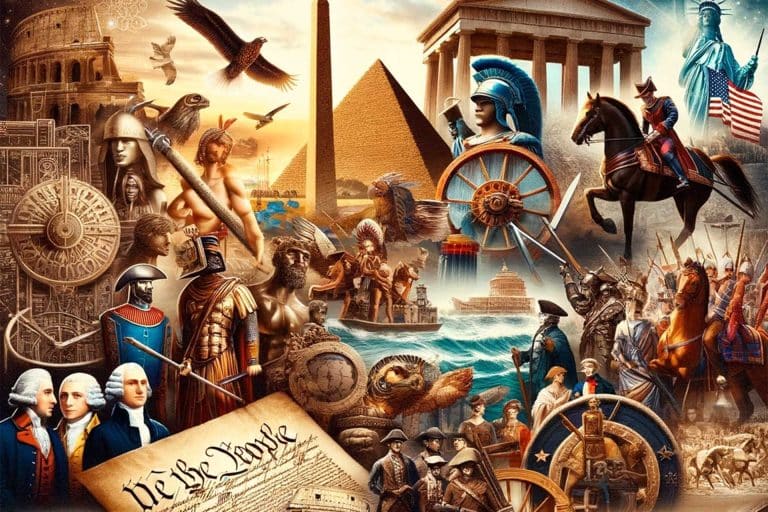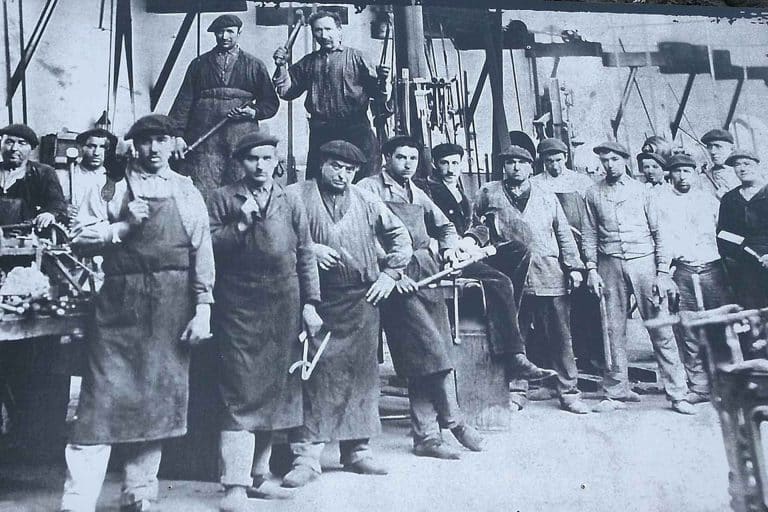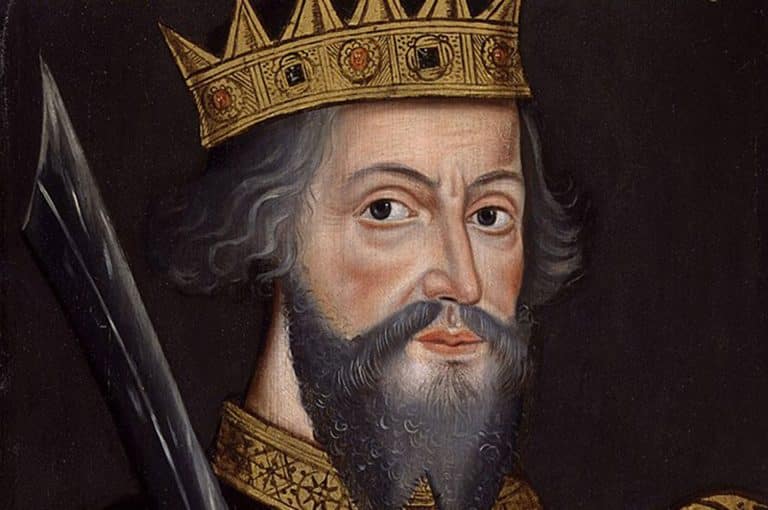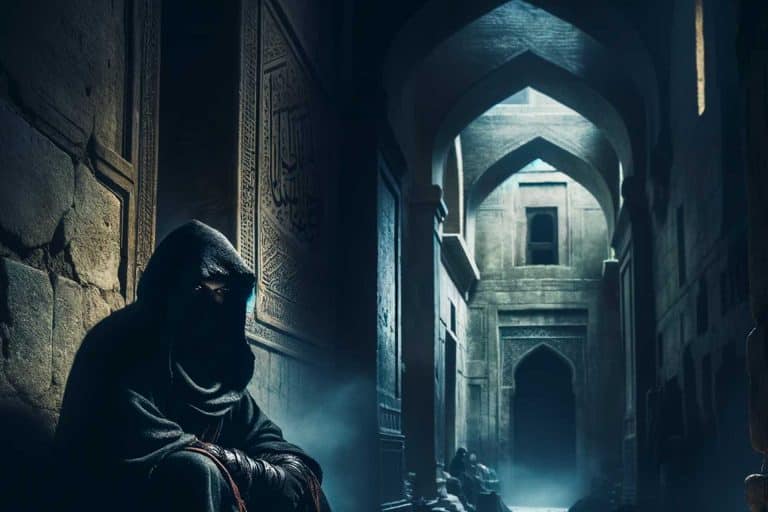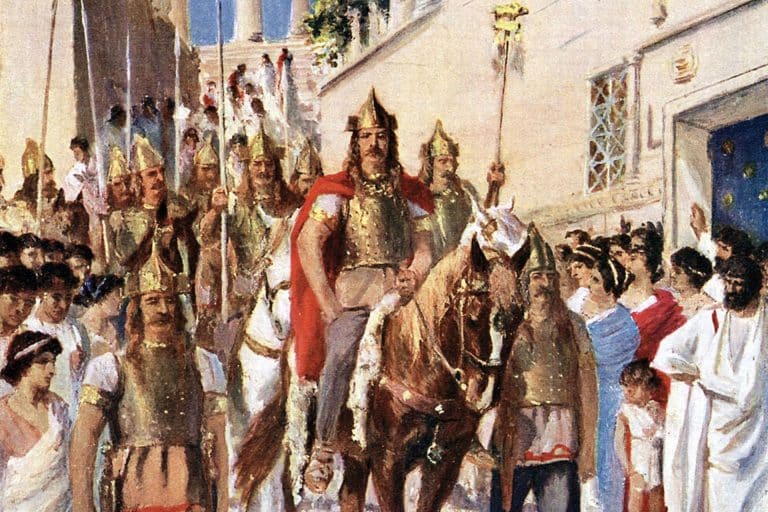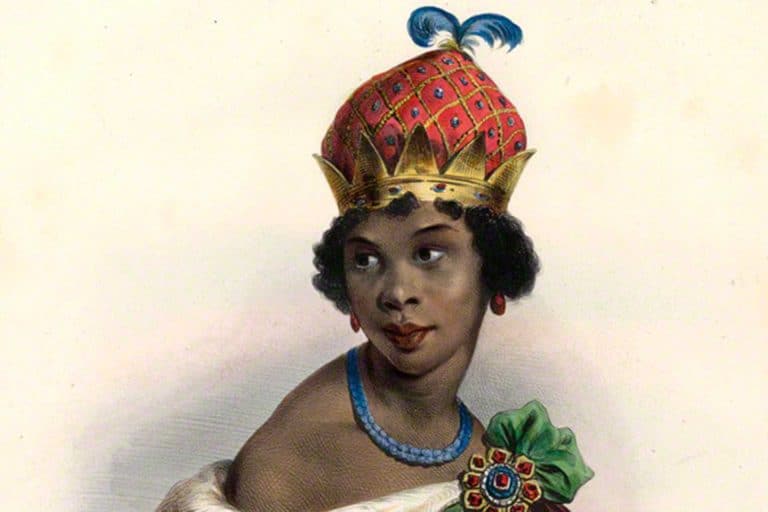Samhain’s Lasting Legacy: Understanding Today’s Halloween Celebrations
Samhain, a significant Celtic festival marking the end of the harvest season and the advent of winter, once resonated through ancient hills and hallowed groves. As the days shortened and the nights grew colder, the Celts believed that the boundaries between our world and the spirit realm became thin, allowing spirits and faeries to pass through.
Today, echoes of these ancient beliefs and customs can be seen in the vibrant celebrations of Halloween. The intricate web of traditions helps us understand how Samhain’s legacy has shaped the modern festivities we eagerly anticipate each October. Let’s unravel the mysteries of yesterday to shed light on today’s Halloween celebrations.
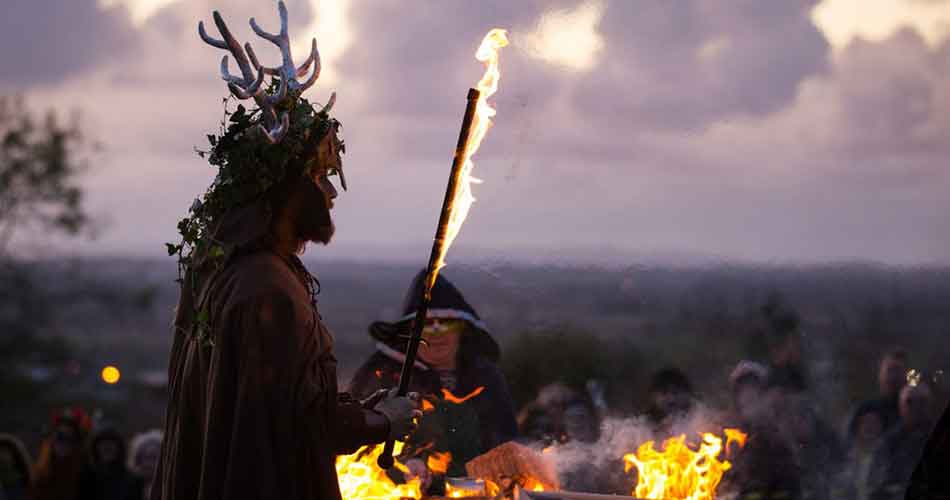
The Ancient Celbration of Samhain
Samhain, pronounced as “sow-in,” was a sacred festival observed by the Celts, primarily celebrated in regions that are now Ireland, Scotland, and the Isle of Man. The festival dates back over two millennia. Samhain marked the end of the harvest season and the onset of winter. In the Celtic calendar, it symbolized a time of transition when the regular boundaries between the worlds of the living and the dead became blurred.
For the Celts, Samhain was a pivotal moment in their yearly cycle. As they prepared for the harsh winter months, the festival represented an opportunity to thank the deities for the harvest and a time to seek protection for the chilling times ahead. Fires played a crucial role in the festivities, with large bonfires lit to ward off evil spirits and ensure the sun’s return in the spring. Homes would often be cleansed of any lingering negative energy, and families would leave offerings of food and drink outside to appease wandering spirits.
Traditional celebrations also included divination rituals, where participants would try to foretell their future, particularly concerning death and marriage. With their connections to the Otherworld and immortality, the Apples often played a central role in these divination games. Over time, as Christianity spread throughout Celtic territories, many of these ancient customs were incorporated into Christian traditions, leading to the evolution of modern Halloween celebrations.

Ancient Chronicles and Samhain’s Echoes
The hallowed history of Samhain, richly imprinted in the Celtic psyche, can be retraced through the venerable pages of early Irish sagas and chronicles. A prime example is the “Táin Bó Cúailnge,” or “The Cattle Raid of Cooley,” a seminal work from the Ulster Cycle of Irish mythology. The text suggests the time’s sacredness, stating, “During Samhain, the spectral divide thins, allowing mortals and spirits a fleeting communion.” During this mystical period, the formidable war goddess Morrigan encounters the hero Cú Chulainn, an interaction underscored by Samhain’s potent symbolism.
The “Tochmarc Emire,” another revered tale from the Ulster Cycle, further amplifies the ethereal essence of Samhain. The narrative remarks, “At Samhain, when the world’s veil lifts, kings convene, feasts unfold, and spirits wander.” Written in archaic Old Irish, such texts vividly illustrate Samhain’s stature as a time when not just the living but also the otherworldly engaged in profound celebrations.
While these manuscripts might not serve as exhaustive guides to the customs of Samhain, they undeniably accentuate its deep spiritual and cultural resonance amongst the Celts. As immortalized in these ancient texts, the recurring themes of supernatural interludes and the blurring of terrestrial boundaries during Samhain serve as powerful testaments to a legacy that continues to shape and inspire modern festivities.
From Samhain to Halloween: The Evolution of a Festival
The transition from Samhain to what we now recognize as Halloween is a tale steeped in cultural blending and religious metamorphosis. The ancient Celts, primarily in present-day Ireland, Scotland, and the Isle of Man, celebrated Samhain as the harvest season’s end and winter onset. However, with the Roman Empire’s expansion into Celtic territories around the 1st century AD, Roman festivals began intertwining with local traditions. The celebration of Feralia commemorated the passing of the dead, and another celebrating Pomona, the goddess of fruit and trees, started merging with the Samhain customs, subtly reshaping its essence.
As Christianity spread across Europe in the subsequent centuries, the Church found it strategic to incorporate specific pagan festivals into the Christian calendar rather than trying to obliterate them. This assimilation is evident in the establishment of All Saints’ Day or All Hallows’ Day on November 1st by Pope Gregory III in the 8th century. The eve before, traditionally known as All Hallows’ Eve and eventually shortened to Halloween, began absorbing various Samhain elements. For instance, the age-old tradition of donning costumes and masks during Samhain intended to ward off harmful spirits, found a new home in the Halloween customs, with people dressing up to commemorate the saints and martyrs.
As centuries passed, European immigrants, particularly the Irish fleeing the Potato Famine in the 19th century, brought their varied Halloween traditions to North America. Here, the festival underwent further evolution, borrowing elements from other cultures and introducing new rituals. Yet, at its core, many of Halloween’s iconic practices — from jack-o’-lanterns to the belief in the supernatural — can be traced back to the ancient celebration of Samhain, bearing testimony to its enduring influence.
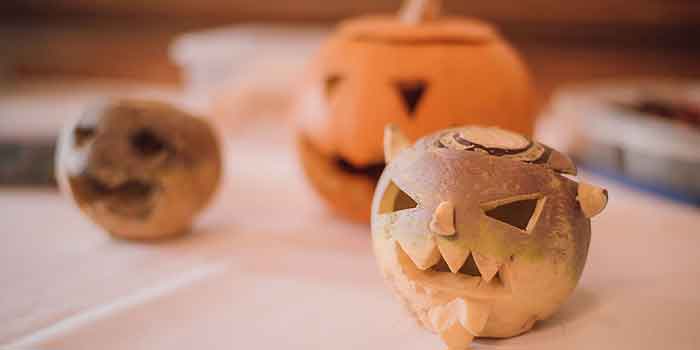
From Samhain to Halloween: Echoes of Ancient Rituals
The evolution of Halloween from its Samhain roots can be seen in numerous practices and rituals that are still embraced today. One of the most iconic elements of Halloween is the carving of pumpkins into jack-o’-lanterns. This tradition originates in Samhain customs, where turnips were hollowed out and lit from within by a candle. These lanterns were believed to protect homes from evil spirits and guide the souls of the departed. The use of pumpkins, native to North America, became a popular alternative to turnips when the tradition migrated to the New World.
Another enduring tradition is the wearing of costumes. During Samhain, participants often donned disguises, usually made from animal skins, to confuse wandering spirits and prevent them from causing harm. This practice of masquerade has since evolved into the colorful and diverse array of Halloween costumes we see today. Additionally, “trick-or-treating” parallels ancient customs where villagers would go from house to house collecting food offerings for the spirits or, in some regions, offering songs and jokes in exchange for sustenance.
Lastly, the apple, a significant fruit in Samhain festivities, remains in Halloween customs. Bobbing for apples, a popular game at many Halloween parties, can be traced back to Samhain divination rituals. The belief was that the first person to catch an apple in their teeth would be the next to marry. As we recognize these ancient rites in our contemporary celebrations, it becomes clear how deeply Samhain has influenced the Halloween we know and love today.
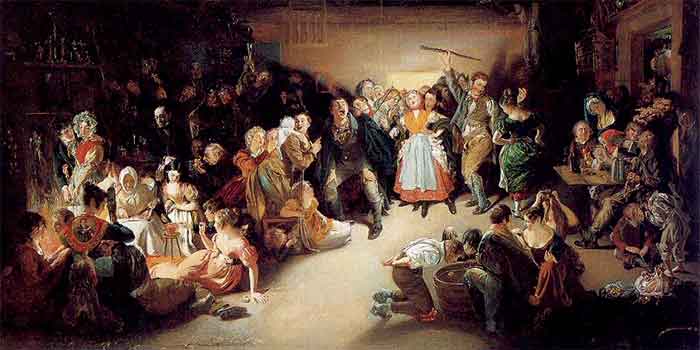
Samhain Shadows in Mischief Night
While many gentler Samhain traditions have been assimilated into modern Halloween festivities, the more mischievous aspects of the ancient celebration find resonance in what’s known as “Mischief Night” or “Devil’s Night.” These nights, which usually occur on the eve of Halloween, have been marked by pranks, tricks, and sometimes even vandalism in various regions, especially in parts of the U.S. and the U.K.
The spirit of playful chaos and boundary-pushing during these nights is reminiscent of the liminality associated with Samhain. The ancient Celts believed that the veil between the worlds was at its thinnest during Samhain, allowing spirits to roam our realm freely. This blurring of boundaries was not just metaphysical; societal norms and rules were often relaxed or turned on their head. Young men, for instance, would roam their villages, causing mischief and playing tricks on their neighbors, a precursor to the modern-day pranks observed during Mischief or Devil’s Night.
However, there’s an important distinction to be made. While Samhain mischief was primarily accepted and even expected as part of the spiritual and societal upheaval of the season, the contemporary vandalism and destructive acts associated with Mischief or Devil’s Night are far removed from the community-centered celebrations of the Celts. Still, the undercurrent of rebellion, the challenge to the established order, and the playful – or sometimes not-so-playful – anarchy harken back to a time when the approach of winter brought with it a night of wild freedom before the dark and cold set in.
A Legacy Carved in Candlelight
As the chill of October embraces the land and the days grow shorter, the shadows of Samhain still dance in the flickering candlelight of modern Halloween celebrations. This ancient festival, with its deep-rooted beliefs and customs, serves as a poignant reminder of humanity’s age-old quest to understand, honor, and even befriend the mysteries of death and the afterlife.
Today, while Halloween revelries span continents and adopt new-age quirks, they are, at their heart, a nod to those distant times when our ancestors gathered around bonfires, sharing tales and hoping to appease wandering spirits. In cherishing these traditions, we pay homage to the past and find a unique, unifying thread that binds generations, proving that some legacies, like the spirit of Samhain, are truly timeless.

